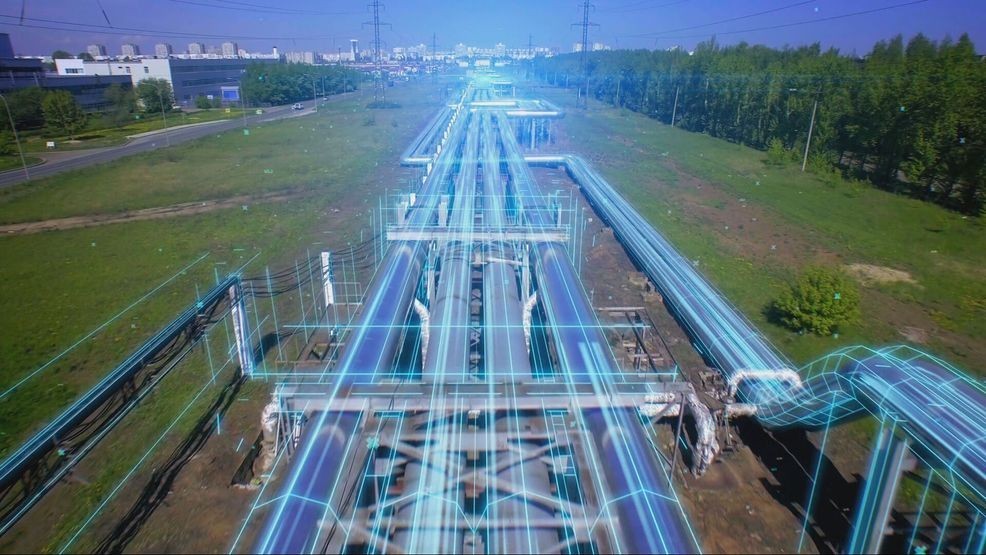Surge in AI Technology Pressures Texas Water Supply Due to Increased Data Center Requirements

Impact of AI on Texas Water Resources
The Growing Demand for Water
The rapid advancement of artificial intelligence (AI) technology poses a substantial challenge to Texas’ water resources. Data centers—key components in powering AI systems—consume enormous amounts of water. This is primarily for cooling the servers that handle various AI computations.
Water Consumption in AI Operations
Recent studies have shown alarming statistics regarding water usage in AI operations. For instance, sending just a 100-word email through platforms like ChatGPT is estimated to use the same amount of water as one bottle. This may seem trivial at first glance, but the cumulative effect of millions of such interactions can lead to significant water stress.
Perspectives from Experts
Experts in the field of AI have expressed their views on this pressing issue. Peter Voss, an AI scholar, noted the impressive capabilities of AI—including generating summaries and poems, and engaging in conversations. Cris Turner, Vice President of Knowledge & Information Products at Google, also highlighted the ongoing innovations within the AI sector.
However, the excitement surrounding these advancements comes with considerable drawbacks, especially in drought-affected regions like Texas. Mohammed Islam, an assistant professor at the University of Texas at Arlington, pointed out the substantial water requirements for AI training. He noted that the training model for ChatGPT-4 utilized as much water as would be consumed by 30,000 households over a span of 100 days.
The Water-Wasting Cycle
The water vapor that evaporates during the cooling process cannot be reclaimed, which raises concerns about the sustainability of such extensive water use. Islam emphasized, "It turns out to be very thirsty," underscoring the drastic water requirements associated with AI technologies. He further elaborated on the additional energy demands that AI systems create, indicating that while solutions are sought for energy use, they might inadvertently exacerbate the water usage issue.
Energy and Water Interdependence
Concerns are rising regarding the intertwining nature of energy and water consumption. For example, it was reported that the decommissioned 3 Mile Island plant is being reconsidered for operation solely to accommodate Microsoft’s data centers. This presents a dilemma: resolving energy consumption issues could lead to even greater water scarcity.
Innovative Solutions in Data Centers
In light of these challenges, some data centers in Texas are exploring innovative strategies to mitigate water usage. These initiatives include:
- Shifting Workloads: Running operations during the cooler nighttime hours to reduce cooling requirements during the day.
- Rainwater Harvesting: Implementing systems to collect and use rainwater for cooling processes.
These approaches aim to balance the technological progress with the pressing need to conserve water resources.
Future Considerations
As AI technology continues to evolve, a critical question arises: Can innovation keep pace with the increasing demands of AI while protecting Texas’ vital water resources? The challenges of water scarcity could potentially benefit from AI solutions in the future. As this technology develops, it might offer insights or alternative methods to address the very issues it is creating.
Finding a sustainable path forward will require collaborative efforts among technology developers, environmental scientists, and policymakers. Solutions must prioritize the preservation of water resources while continuing to support technological growth in the AI sector.





